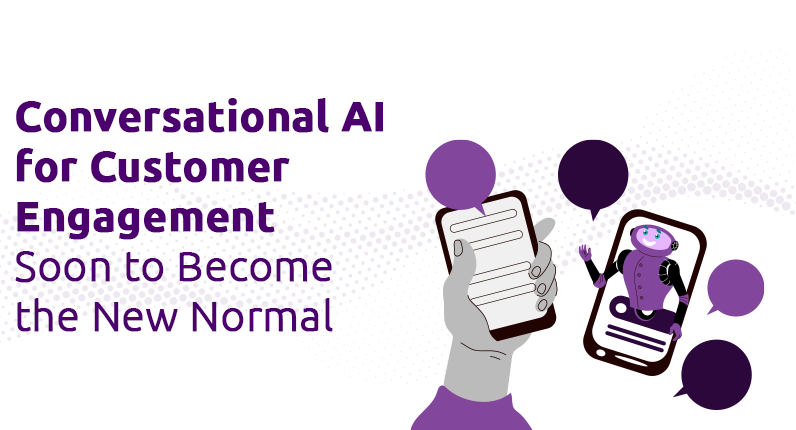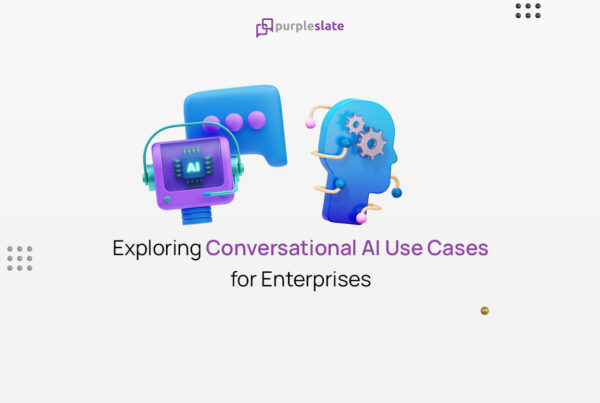
Introduction
All businesses today are aiming to become the Xerox of their market segment. Just like Xerox and a photocopier machine are often used interchangeably, every business owner would want their brand to also become the product identity in their market segment to drive customer engagement.
But until they do, they are competing with multiple other businesses with the same end goal in mind.
Let’s be real for a moment,
With so much competition across all markets, the likelihood of your solution or a product being unique, appealing, or the best forever is very less. There are always going to be other products that are equally good or equally appealing. Chances are your wonderfully efficient and unique product will still have to compete with a large number of competitors to build a loyal customer base and gain control over the market segment.
Customers are extremely fickle today. Brand loyalty is becoming rare. There are so many brands constantly fighting for the customer’s fleeting attention span that it is becoming more and more difficult to attract new customers.
But despite all these challenges, what distinctly sets a brand apart from the herd today?
While businesses are all swimming in the same upstream, the thing that separates them from their competitors is the customer experience and customer engagement.
The terms customer experience and customer engagement are often used interchangeably today. Here’s why.
Customer experience today is a lot more than an appealing website or really friendly store assistance or efficient support assistance. Customer experience has grown beyond interacting with the customers only when they need it. It is about engaging your audience, providing them with helpful information related to your products and services, and ensuring that your customers feel a sense of belonging to your brand. The line of difference between customer experience and customer engagement is thinning. Today, your customer engagement has to make every customer feel that he/she is the most important customer for you.
Okay, so if customer engagement is this important, how do we do it effectively but at the same time not end up spending large chunks of the business budget on it?
The answer is conversational AI
Today, your brand needs to be where your customers are and converse with them in a language that they are comfortable interacting in. Your customer and the expectations they have of your brand are evolving. They would expect your brand to be empathetic and also talk to them the way they would prefer to. It is all about conversations.
I know what you are thinking here.
“Isn’t conversational AI just a fancy name for a chatbot?”
The answer is no. The terms chatbot and conversational AI are often used interchangeably. But in reality, they have entirely different meanings.
Conversational AI vs Chatbots
Both chatbots and conversational AI are natural language chat and voice user interfaces. But, a chatbot is navigated by predefined linear flows while a conversational AI platform will perform multi-turn conversations and is capable of executing judgment-intensive tasks intuitively.
Chatbots have linear conversations based on predetermined linear flows of a conversation. They have a very limited scope. Every interaction with a chatbot will seem to be more or less the same because it lacks the capability to grow and learn from successive conversations.
On the other hand, a conversational AI platform has machine learning and deep learning capabilities. It has a highly advanced Natural Language Processing system that can listen, understand and comprehend human language and even offer a response in the same language. It will process queries and respond with a contextual understanding of the conversation.
To explain it in short, would you call smart assistants like Google Assistant, Alexa, or Siri a chatbot? Obviously not. They are conversational AI applications.
Now, imagine if your business could have a Siri-like smart assistant to talk to your customers.
How can Conversational AI boost your Customer Engagement
A Convenient Mode of Customer Engagement
Customers usually prefer to engage with a brand when they have some time on their hands or when they are looking for something specific. All the modes of advertisement and marketing may fall short to meet these needs. Having a conversational AI assistant, your customers can come and discover your brand freely when they want to. Your brand engagement efforts won’t come across as intrusive in any way.
Additionally, your customer engagement team cannot be available for your customers 24/7. So, imagine your customers are scrolling through your brand website at 3 am or from a different timezone and they want to ask some questions before making a purchase or need assistance with the product they have bought from you, you will be making them wait for answers till your office hours start.
Above that, if your customer engagement team is held up with answering too many queries coming in, your customers may even have to wait for a couple of days to get their queries resolved.

With a smart AI assistant, all the general and straightforward queries can be resolved with no human intervention and your customers do not have any time constraints on when they can explore your brand and products.

Building customer engagement through Empathy
When chatbots first became popular, the biggest critique they faced was that the flow of conversations was scripted, repetitive, and rule-based. Conversational AI overcomes these pitfalls and is capable of having genuine and meaningful conversations with customers. These smart assistants can understand emotions and human language efficiently with sentiment analysis and NLP.
Smart voice assistants are even capable of detecting the emotions conveyed through the speakers’ tones and conversing with the customer accordingly. Thus, smart assistants can build a rapport with customers by expressing empathy through words or tones.
This will make your customers feel heard and cared for, thereby building a long-lasting emotional connection between your brand and your customers.
What better way to enhance customer engagement than building empathetic relationships?
Contextual Answers and Multiple Conversations at once
When potential or existing customers come to your page or website, they are looking for ways to get specific information right away. For example, one of your existing customers might want to know the status of a ticket they raised. When they ask a smart assistant, the assistant is capable of recognizing which ticket the customer is referring to and it can give accurate answers. Every follow-up question is answered based on all the past information the assistant has with it. Imagine the same process happening manually. The customer care specialist will put the chat/ call on hold, search for the specific details from their profile, and then give answers to the customer. So, a process that usually takes up at least 10-15 minutes for a human to complete, a smart assistant will do it within seconds.
Also, imagine a scenario where a customer is asking questions about multiple things at the same time. A smart assistant can answer each of those questions without the answers getting mixed up with other questions.
Using CRM and past data
Integrating your databases to your conversational AI platform will open doors for the highest level of personalization for your customer engagement efforts. With access to all the past data and CRM records, smart virtual assistants will get an in-depth understanding of the customer’s expectations and needs and thus, will be able to give to-the-point answers.
For example, if a customer right away asks a question like “Where is my order?”, the AI assistant will scan through the customer’s recent orders and look for the one that still hasn’t been delivered. Based on that, the assistant will figure out which order the customer is talking about and answer based on that.
Omni-channel Experience for customer engagement
Customers today are on many different platforms. The platforms your customers use might vary based on their preferences, location, and many other factors. No matter how hard you try, you cannot ever build a team of customer engagement specialists who can seamlessly have conversations with your customers across all these platforms.
But you know what can? Your virtual smart assistant can be truly omnipresent.
Smart assistants are can be programmed to be available on a variety of platforms, including the web, mobile, social media, voice, and IoT. It is capable of enabling your brand to be everywhere. Your customers get a consistent digital experience across all of their devices. Also, the conversations that happen across these multiple channels are seamless. For example, if a customer started a conversation on the web and after a while connects again with your brand through social media, they will be able to resume the conversation right from where they left off.
Multi-linguistic Conversations
For humans, language is the simplest mode of expressing their feelings and needs. If you can connect to your customers in the language they are the most comfortable with, there is nothing better than that.
But, it is impossible to have a team that can speak all the languages your customer base speaks. It would cost you an enormous amount of time, effort, and money to put a team like that together. Instead, if you have a smart assistant that is capable of understanding multiple languages, you can have a multi-linguistic mode of communication. Smart assistants can use their linguistic prowess to gain contextual awareness in queries and give accurate responses in the same language accordingly.
You give your customers the freedom to converse in the language they are comfortable with. This is a groundbreaking step toward breaking down language barriers. You will not only be able to heighten your customer engagement but also foster deeper relationships with your customers.
Just like humans, learning makes an AI perfect
The key to refining your smart AI assistant lies in data and history. The more you feed your assistant with past data on natural conversations, the smarter it gets.
As more and more of your end customers start interacting with your assistant, it will get more refined and sophisticated in accurately understanding user intent and will offer more refined and accurate responses. You can use your data and historic logs to analyze past interactions and outcomes to improve your AI’s performance.
The Next-gen Customer Engagement
Today, the conversational AI market is booming and is slated to grow rapidly at a CAGR of 21.8% and reach a valuation of $18.4B by 2026. It is expected to facilitate the simplification of multiple business capabilities across all industries.
As businesses turn more and more customer-centric, conversational AI is the key factor enabling them to drive customer engagement rather than just converse with them. Though at present, businesses successfully leveraging conversational AI for customer engagement are few, the ones that are doing it are way ahead of the curve and are benefiting multifold from it.
But considering the popularity of conversational AI in the present day, it will soon become an essential part of every business strategy in the upcoming 10 years.




